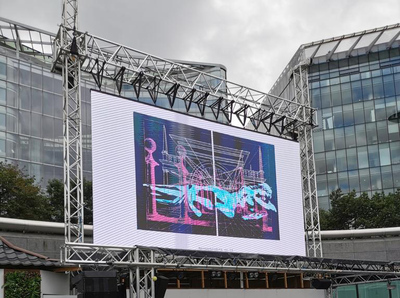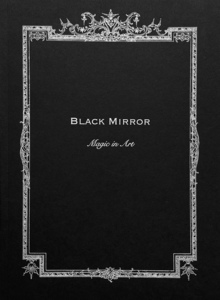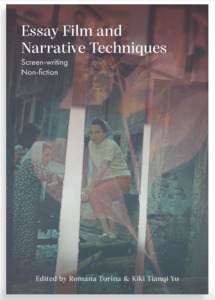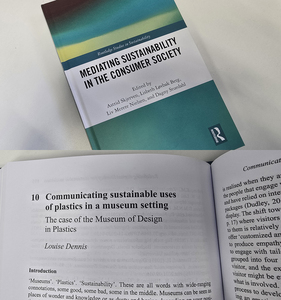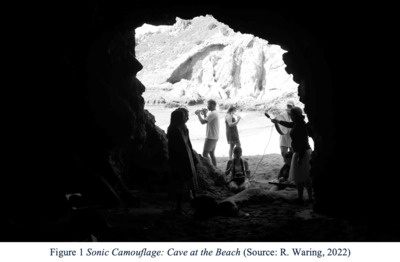Independent filmmaking is often faced with difficulties. For the team behind San Sabba, the issue resided in the invisibilities embedded in the film’s location: a concentration camp within the city of Trieste. This article will explore how and why the writer and director of San Sabba considered Trieste as an archive of multiple histories, memories, and postmemory due to the historical findings the film is based on, and how silenced history informed a phenomenological examination of what a landscape can add to the collective memory. Linking other locations in the city, which contribute to the elucidation of stories and histories deprived of public attention, this article analyses the historical data and considers the ontological qualities of the landscape as an archive where dominant narratives impact the understandings of present and past identities.
Available Versions of this Item
-
Out in the open and invisible: the city as archive in the essay film San Sabba. (deposited 25 Jan 2022 13:55)
- Out in the open and invisible: the city as archive in the essay film San Sabba. (deposited 10 Jan 2023 08:55) [Currently Displayed]
 |



 Lists
Lists Lists
Lists



